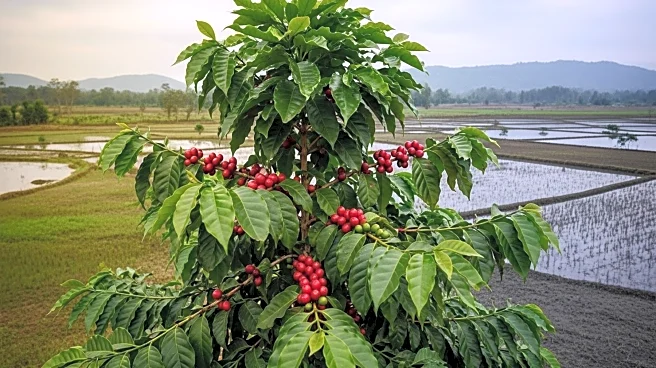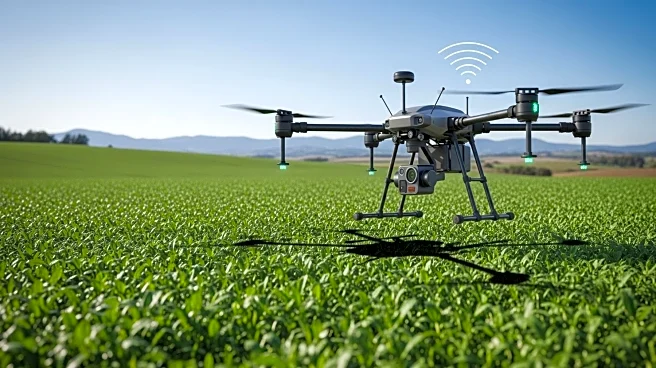What's Happening?
The high cost of new agricultural equipment is prompting American farmers to reconsider their machinery investment strategies. According to a study by the Equipment Leasing & Finance Foundation, titled 'Vertical Market Outlook Series: Agricultural Equipment,' many farmers are opting to retrofit older machines or purchase used equipment instead of buying new models. The report highlights various challenges and opportunities within the U.S. agriculture industry, including market size, labor shortages, regulations, global trade, climate change, sustainability, and evolving consumer diets. These factors are influencing equipment needs and shaping future demand. Industry experts emphasize the importance of financial flexibility, noting that technological adoption and financial agility are becoming essential for farmers' survival and growth.
Why It's Important?
The shift in farmers' equipment strategies has significant implications for the agricultural sector. By choosing to retrofit or buy used equipment, farmers can manage expenses while maintaining operational efficiency. This approach allows them to adapt to financial constraints and continue upgrading their technology. The emphasis on financial flexibility and technological adoption reflects broader trends in the industry, where scale and sustainability practices are increasingly important. As farmers navigate these challenges, their decisions will impact the agricultural supply chain, influencing equipment manufacturers, dealers, and related industries. The focus on cost-effective solutions highlights the ongoing struggle for profitability in agriculture, affecting the economic stability of rural communities.
What's Next?
Farmers are likely to continue exploring cost-effective strategies to manage equipment expenses. This may involve increased reliance on retrofitting and the used-equipment market, as well as adopting precision farming technologies to enhance efficiency. Equipment manufacturers and dealers may need to adjust their offerings to meet the changing demands of farmers, potentially leading to innovations in retrofitting services and used equipment sales. Additionally, the agricultural sector may see increased collaboration between farmers and technology providers to develop solutions that address financial and operational challenges. As these strategies evolve, stakeholders will need to monitor their impact on the industry and adapt accordingly.
Beyond the Headlines
The shift towards retrofitting and used equipment raises questions about sustainability and environmental impact. By extending the life of existing machinery, farmers may contribute to reduced waste and resource consumption. This approach aligns with broader sustainability goals within the agriculture industry, which seeks to balance economic viability with environmental responsibility. Furthermore, the emphasis on financial agility and technological adoption may drive innovation in agricultural practices, potentially leading to new business models and partnerships. As farmers adapt to these changes, the industry may experience long-term shifts in how agricultural operations are conducted and financed.











